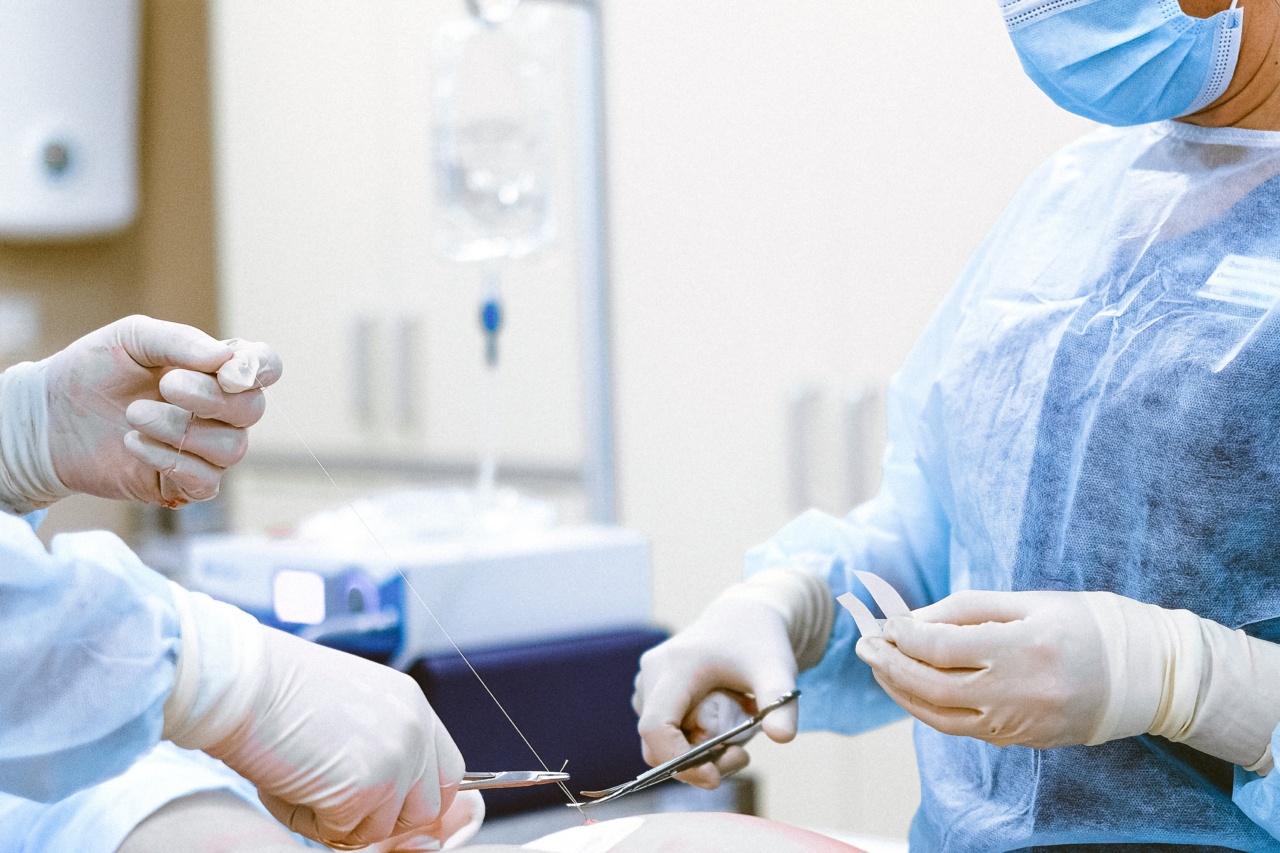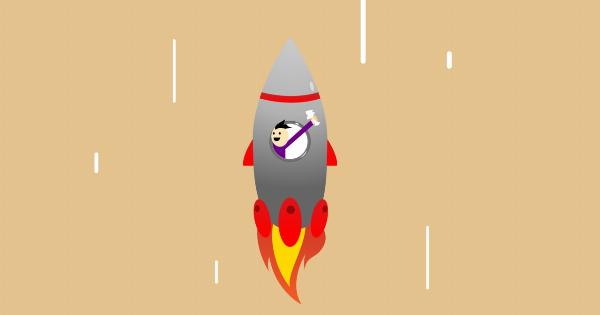The treatment for Human Immunodeficiency Virus (HIV) has come a long way over the years.
While there is still no known cure for HIV, drastic improvements have been made in medical management resulting in individuals with HIV living with a life expectancy similar to those who do not have the virus.
What is HIV?
HIV is a virus that attacks the immune system, which is responsible for fighting off infections. If left untreated, HIV can lead to Acquired Immunodeficiency Syndrome (AIDS), which is the most severe stage of HIV.
HIV is mainly spread through unprotected sexual contact, however, it can also be transmitted through the sharing of needles, childbirth, and breastfeeding.
What is HELP?
HELP stands for Highly Effective Life-prolonging Programme. The HELP programme was designed to provide cost-effective antiretroviral therapy to individuals who are living with HIV.
The programme focuses on providing treatment to individuals in remote and rural areas who are unable to access medical care in cities or urban locations. The HELP programme is run by the Thai Red Cross AIDS Research Centre.
How does HELP work?
The HELP programme aims to provide treatment to as many people as possible. The programme uses a public-private partnership model, which enables the programme to provide low-cost medications while maintaining high-quality standards.
The HELP programme works by providing antiretroviral therapy (ART) to individuals living with HIV. ART is a combination of three or more drugs that target different stages of the virus’s replication process. ART helps to reduce the level of virus in the blood, which improves the immune system.
Results
The HELP programme has released the results of a study which show a significant decrease in the amount of virus present in individuals who have received ART through the HELP programme.
The study analysed the blood samples of 880 individuals who had received ART. The results showed that over 97% of individuals in the study had achieved viral suppression, which means the virus is undetectable in the blood.
The study also found that individuals who receive ART through the HELP programme had an improved immune system.
Cost-effective Treatment
One of the key benefits of the HELP programme is cost-effective treatment. The programme provides low-cost medications while maintaining high-quality standards.
The cost of ART through the HELP programme is around $1288 per year, which is significantly lower than the cost of ART in developed countries. This cost-effective treatment has enabled the HELP programme to provide treatment to individuals who are living in remote and rural areas.
Access to Treatment
The HELP programme has made a significant contribution to providing access to treatment for individuals living with HIV. The programme has expanded rapidly since it was established in 2007.
As of 2021, the HELP programme has provided treatment to more than 95,000 individuals who are living with HIV. The programme has also helped to increase awareness of HIV and reduce the stigma associated with the virus.
Conclusion
The HELP programme has played a critical role in providing cost-effective and accessible treatment to individuals living with HIV in remote and rural areas.
The programme has contributed significantly to improving the health outcomes and quality of life for individuals living with the virus. The results of the study show that the HELP programme provides highly effective treatment for individuals living with HIV.
The HELP programme is a successful model for providing treatment to individuals living with HIV and could be adapted to provide treatment for other diseases in resource-limited settings.




























